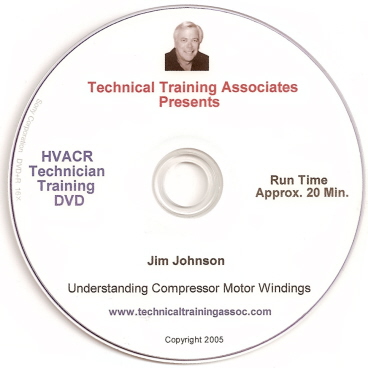There are several symptoms that could mislead a service technician into believing that the compressor is defective when in fact it is not.
One common scenario in which a compressor may appear to be defective is when it has overheated. If a compressor has an internal overload and has overheated, the compressor will not start. If the technician arrives on the job when the compressor has opened on its internal overload and checks the resistance from common to run and common to start and finds it to be infinite, the tech may interpret this to be an opened winding in the compressor.
Cooldown Period
However, if the compressor was allowed to cool down and the internal overload reset, the technician may find the compressor will start normally and will not need to be replaced. The real problem as to why the compressor overheated will then need to be identified and resolved.If the original compressor is replaced without finding out why it overheated, the replacement compressor will most likely overheat and the system will again not be operational. Any time a compressor with an internal overload is extremely hot, a technician should allow it to cool down before attempting to check the resistance through its windings. This will allow the technician to accurately determine if the compressor has an open winding or has simply opened on its internal overload.
Another potential scenario is a compressor with a defective start or run capacitor. If the run capacitor is defective, depending on the type of compressor, it could cause the compressor to draw higher than normal amperage and cycle off on its overload or not start at all. A compressor with a defective start capacitor will most likely fail to start. A technician can interpret this to be a defective compressor. Before any compressor is pronounced defective, if it incorporates start or run capacitors, the capacitors must be checked to see if they are in good condition.
If incorrect voltage is applied to a compressor, it could cause the compressor to either run for a brief time and then cycle off on its overload, or not start at all. A service technician must first verify the correct voltage for the compressor and then measure to see what actual voltage is applied. Most compressors are rated with a tolerance of ±10%. If the applied voltage is outside these limits or the limits stated by the manufacturer, the voltage must be corrected before the compressor can be properly diagnosed.
It is always a good practice to attempt to start the compressor by external means before condemning it. This means removing all the system wiring for the compressor and attempting to start the compressor with your own compressor starting kit.
You can make a compressor starting kit yourself or purchase one at a local supply house. There are a few companies that sell this type of kit.
The kit will help to determine if the problem lies within the starting components of the compressor or with the compressor itself.
Marchese is owner of Arctic-Air Refrigeration, Pittsburgh, PA.
Publication date: 08/06/2001







